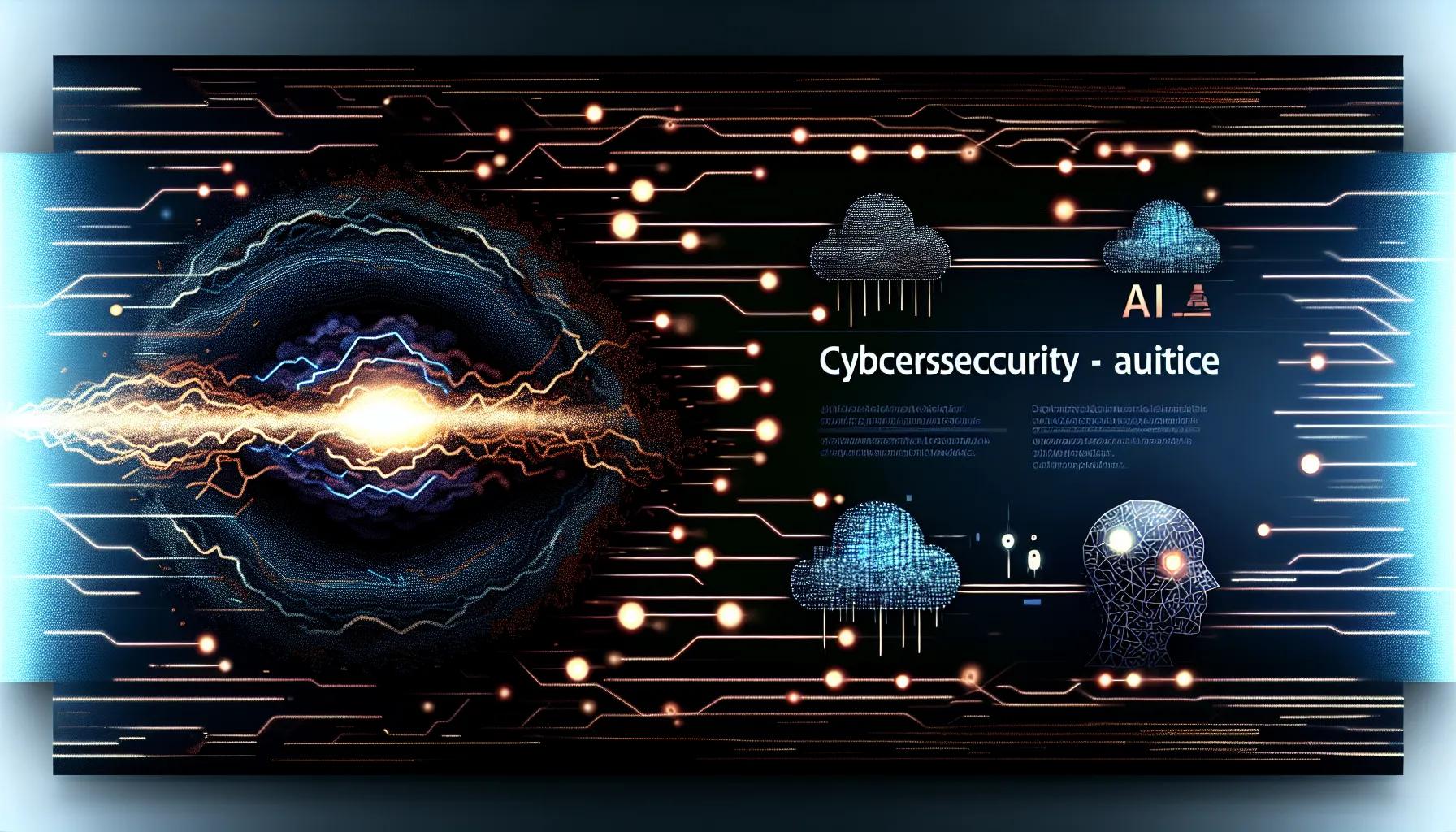Combating Hyper-Volumetric DDoS Attacks: Innovations in Cybersecurity

Standing Strong Against Hyper-Volumetric DDoS Attacks: An Emerging Cybersecurity Threat
Introduction
As businesses and organizations increasingly rely on digital infrastructure, the cyber threat landscape continues to evolve. Among the most pressing challenges is the rise of Distributed Denial of Service (DDoS) attacks, particularly hyper-volumetric DDoS attacks. These attacks exploit the very essence of the internet, overwhelming systems with massive amounts of traffic and rendering services unavailable. This article delves into the nature of hyper-volumetric DDoS attacks, the technologies that underpin them, and strategies for resilience in an increasingly hostile cyber environment.
Understanding DDoS Attacks
DDoS attacks involve overwhelming a target’s resources—be it a server, network, or application—with a flood of illegitimate traffic. Typically launched from a network of compromised devices, these attacks can vary in scale, sophistication, and intent. Hyper-volumetric DDoS attacks, in particular, are characterized by their sheer volume, often reaching terabits per second (Tbps). The goal is to exhaust the target’s bandwidth or processing capabilities, leading to downtime and service disruptions.
The Mechanics of Hyper-Volumetric Attacks
Hyper-volumetric DDoS attacks are distinguished not only by their scale but also by their methodology. Attackers utilize various techniques to generate massive amounts of traffic, including:
-
Amplification Attacks: These involve exploiting publicly accessible servers (e.g., DNS or NTP servers) to amplify the traffic directed at the target. A small request can generate disproportionately large responses, overwhelming the target’s capacity.
-
Reflection Attacks: Similar to amplification attacks, reflection attacks involve sending requests to multiple servers with the target’s IP address spoofed. The servers send responses to the target, creating a flood of incoming traffic.
-
Botnets: Cybercriminals often harness the power of botnets—networks of infected devices—to launch coordinated attacks. With the proliferation of IoT devices, the scale of botnets has grown exponentially, providing attackers with an arsenal capable of delivering hyper-volumetric assaults.
The Impact of Hyper-Volumetric DDoS Attacks
The implications of hyper-volumetric DDoS attacks extend beyond immediate service disruptions. Organizations can face significant financial losses, reputational damage, and legal ramifications. According to a recent report from cybersecurity firm Akamai, the average cost of a DDoS attack can reach into the millions when considering lost revenue, remediation costs, and damage to customer trust.
Furthermore, the increasing frequency of such attacks can strain IT resources, diverting attention from strategic initiatives toward reactive measures. As organizations prioritize digital transformation, the risk of DDoS attacks poses a significant barrier to innovation and growth.
Innovations in Mitigation Technologies
In response to the escalating threat of hyper-volumetric DDoS attacks, the cybersecurity industry has witnessed a surge in innovative mitigation technologies. Some of the advanced solutions include:
1. Cloud-Based DDoS Protection
Cloud-based DDoS protection services offer scalable solutions capable of absorbing and mitigating attack traffic before it reaches the target's infrastructure. These services leverage vast networks to distribute incoming traffic, effectively diluting the impact of an attack. This approach not only reduces latency but also ensures continuity of service during an attack.
2. Artificial Intelligence and Machine Learning
AI and machine learning technologies are increasingly being employed to enhance DDoS detection and mitigation. By analyzing traffic patterns, these systems can identify anomalies and potential threats in real-time. Automated responses can be triggered to filter out malicious traffic, allowing legitimate users uninterrupted access to services.
3. Traffic Scrubbing
Traffic scrubbing involves the use of specialized hardware and software to clean incoming traffic. This process filters out malicious packets while allowing legitimate traffic to pass through. Advanced scrubbing solutions can operate at high speeds, crucial for mitigating hyper-volumetric attacks.
4. Rate Limiting and Traffic Shaping
Rate limiting involves restricting the number of requests a user can make to a service within a specified time frame. Traffic shaping, on the other hand, manages traffic flows to ensure that legitimate users maintain access even during high traffic volumes. Both techniques are essential for maintaining service integrity in the face of attacks.
Industry Context and Regulatory Landscape
The cybersecurity landscape is further complicated by the regulatory environment. Organizations are increasingly held accountable for their cybersecurity measures, with regulations such as the General Data Protection Regulation (GDPR) and the Payment Card Industry Data Security Standard (PCI DSS) imposing strict compliance requirements. Failure to protect against DDoS attacks can result in severe fines and legal consequences.
Moreover, as businesses transition to cloud services and adopt DevOps practices, the need for robust DDoS protection becomes even more critical. The integration of security measures into the development lifecycle is essential to ensure that applications are resilient against potential attacks.
Preparing for the Future
As hyper-volumetric DDoS attacks become more sophisticated, organizations must adopt a proactive approach to cybersecurity. This includes:
-
Comprehensive Risk Assessments: Regular assessments of potential vulnerabilities in the infrastructure can help identify areas that require fortification against DDoS attacks.
-
Incident Response Planning: Developing and regularly updating incident response plans ensures that organizations can react swiftly and effectively to an attack.
-
Employee Training: Educating employees about cybersecurity best practices is crucial, as human error is often a significant factor in successful cyberattacks.
-
Collaboration with Cybersecurity Experts: Partnering with cybersecurity firms can provide organizations with the expertise and resources necessary to combat emerging threats.
Conclusion
The rise of hyper-volumetric DDoS attacks presents a formidable challenge for organizations across industries. As the scale and sophistication of these attacks continue to evolve, adopting innovative technologies and proactive strategies is essential. By investing in robust cybersecurity measures, organizations can not only protect their digital assets but also foster an environment conducive to growth and innovation. As the digital landscape expands, standing strong against such cyber threats will define the resilience and success of businesses in the years to come.